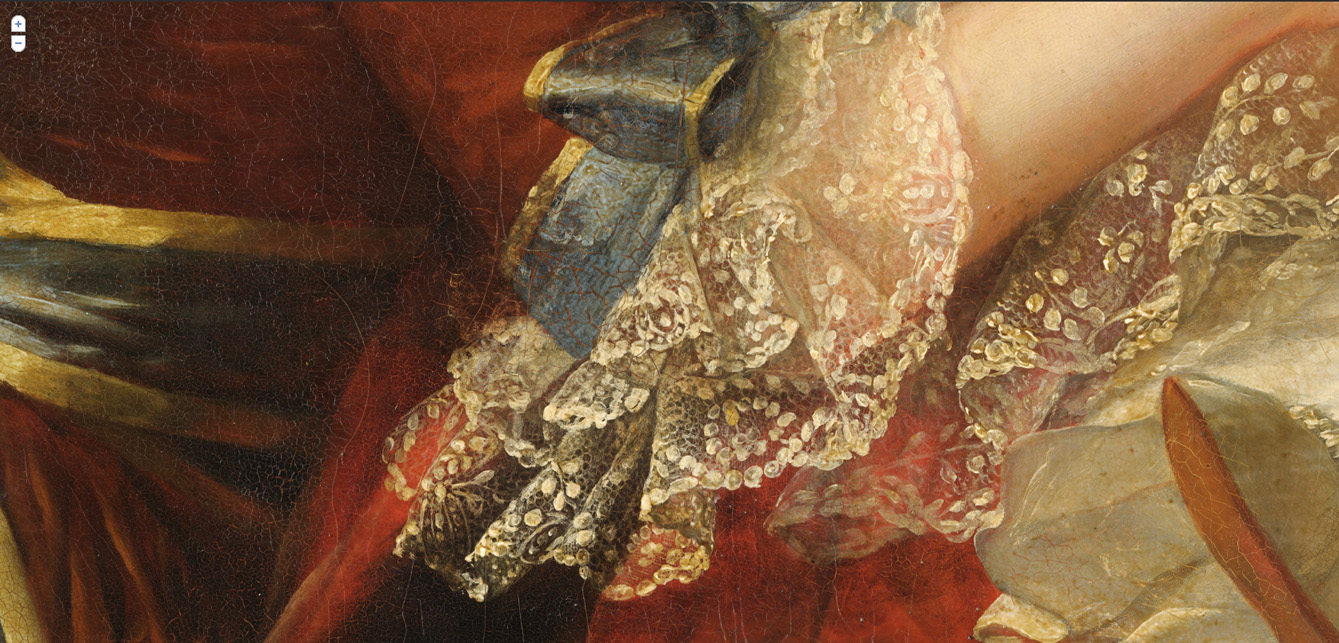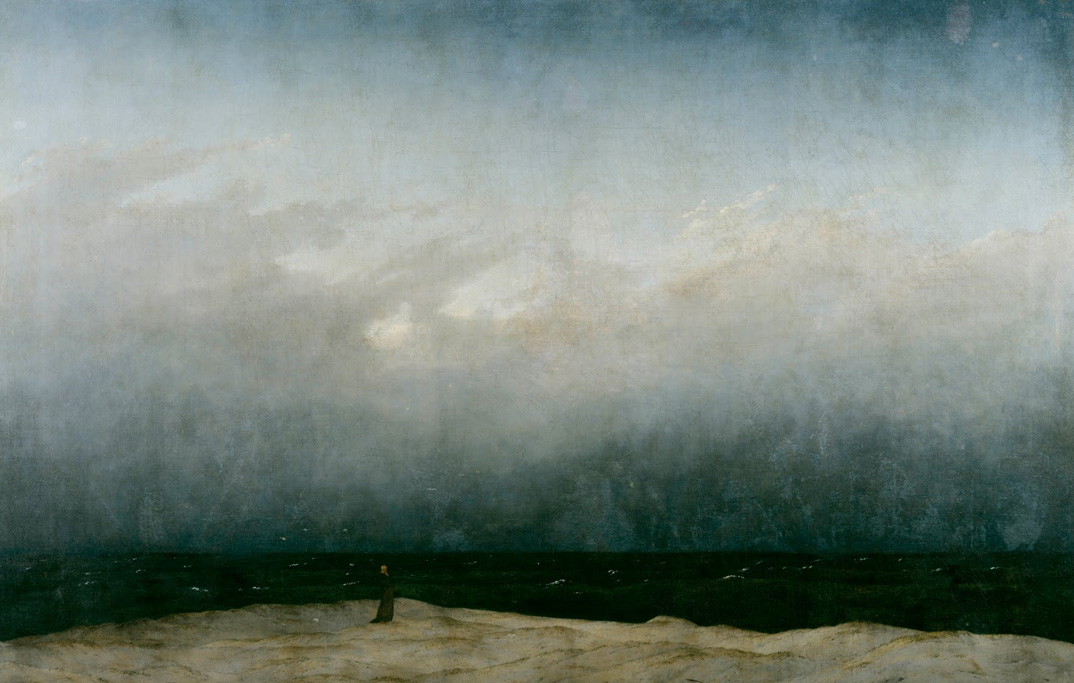The art world is experiencing a virtual boom. A boom that began with the advent of the street view technology used by Google, which has now forayed into the world of art. Within the last two years, the Google Art Project has photographed, digitized, scaled, and organized some of the most famous artworks in renowned galleries and museums such as the Tate, the Uffizi Gallery, and the Palace of Versailles. Moreover, this digitization of famous artworks is not any mere reproduction; rather it is a reproduction of the grandest or perhaps the smallest of scales: gigapixel images.
Photograph by Amantini Stefano/4Corners Images
This technology has revolutionized the way we interact with art even though it can in no way be deemed an equal alternative to the real experience. The digitization of museums and galleries has captured their tangible and physical aspects, but not their essence. A visit to the Palace of Versailles will never compare to visiting a website. So the question begs to be asked whether this virtual experience guides, develops, and enhances our real experience. Does the virtual help the real? And what can arts organizations gain from this insight?
Detail from Sandro Botticelli’s Birth of Venus (from the Uffizi Gallery, Florence)
A visitor recently set off an alarm, a really loud alarm, in a museum in Basel when she got too close to an artwork. This encounter illustrates how a public viewing experience within the confines of a gallery or a museum can act as a barrier. More often than not, we are afraid to get too close to painting, even though we want to (with the exception of the aforementioned visitor, of course). We also feel the need to constantly move from one painting to the next until we reach a point of complete and utter visual saturation, perhaps even visual exhaustion.
In the virtual confines of the Google Art Project, we can get eerily yet brilliantly close to our favorite artworks on our very own laptops. We can see details that could not have been physically possible under any circumstances in a museum setting. We can also pause for as long we please and we can leave and return as we please. On a whole, a virtual art world as powerful as that of the Google Art Project enriches and builds upon our real experiences.
Detail from Louise Elisabeth Vigée-Lebrun’s Marie-Antoinette de Lorraine-Habsbourg, Queen of France, and her children (from the Palace of Versailles)
Yet, however exquisite and detailed the world of the Google Art Project may be, unlike the masterpieces it virtually showcases, it cannot boast of having attained perfection. An article in the Daily Beast highlights the fact that while the Google Art Project has enabled us to view artworks in a manner that is unprecedented, it is not clear whether we are seeing better.
In the same vein of thought, the author of a blog post in Freize argues that by bringing us closer to works of a bygone era, such as Caspar David Friedrich’s The Monk by the Sea, the Google Art Project has ignored the dynamism of the art world, where the concept of a masterpiece and the artist genius are constantly evolving. The post also mentions how Google is guilty of not explaining to us why certain artworks were, and still continue to be, worthy of the title of a masterpiece.
The Monk by the Sea, Caspar David Friedrich (from the Alte Nationalgalerie, Berlin)
For arts organizations looking to create a virtual experience, let’s analyze the advantages and the disadvantages. A virtual experience can create a longing and desire for a real, physical experience. The aforementioned article in the Daily Beast provides an interesting insight from the Director of MoMA about virtual outreach: the virtual presence and proliferation of art works housed at the MoMA actually compelled the true lovers of art to seek out the real. Consequently, the MoMA has had a twofold increase in attendance over the last ten years.
Another big advantage is increased accessibility to audiences around the world. But accessibility alone is not adequate and arts organizations should be wary of becoming just another collection of images on the World Wide Web. The aim is to educate people and generate interest, not pander to their aesthetic appetites. A virtual experience that is no different from a collection of images limits the potential of technology as a vehicle for education, discussion, thought, and reflection. Thus, arts organizations should look further than the potential of the online world as a visual cache because only then will they truly be able to leverage the virtual and the real.




